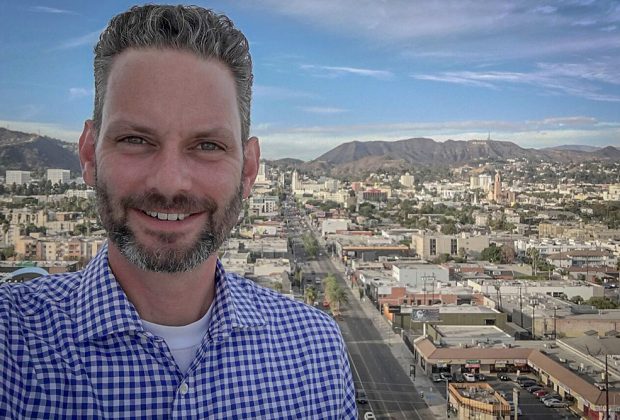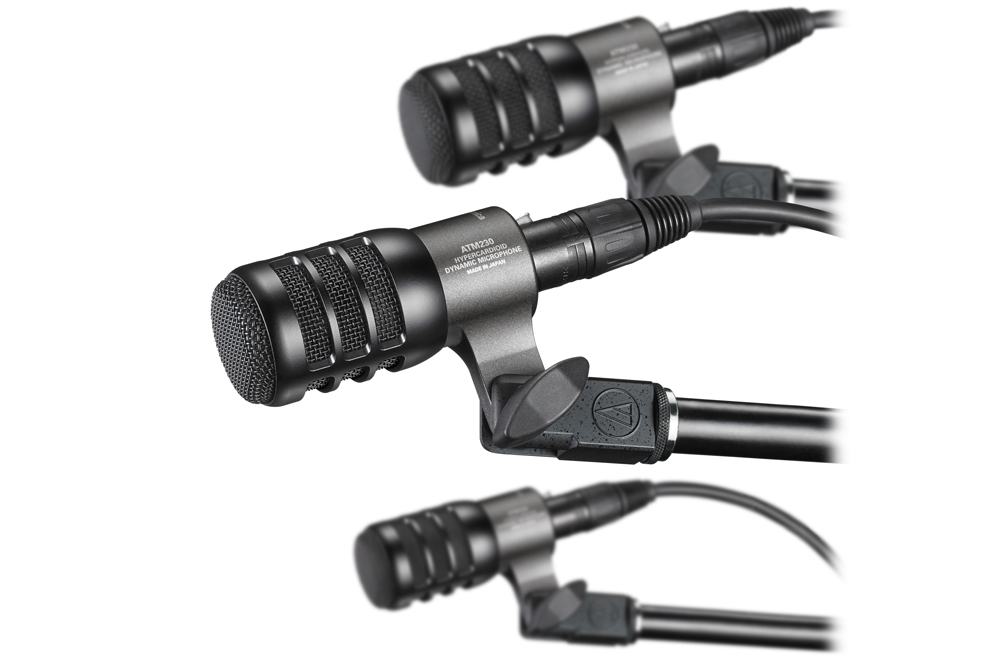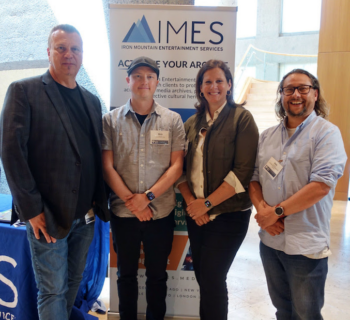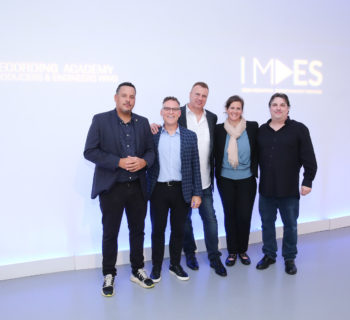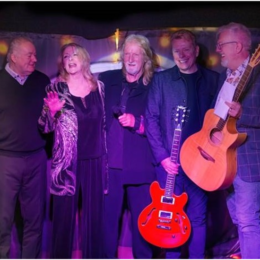BACKGROUND
Having already experienced varying levels of achievement as a musician, producer and engineer, asset preservationist company Iron Mountain hired Greg Parkin last year. A former client, Parkin has been tasked with expansion and management of studio capabilities, as well as the broader goal of educating the public about the company’s larger mission.
Ska, Engineering and Mastering
I formed a band in the ‘90s during the O.C. ska scene. When half my band signed to Reel Big Fish, I got into engineering.
I was going to school for that and had a friend at Capitol Records. They asked if I wanted to be a runner. So I started on the path to be an engineer, but realized my skills were not as good as the guys at Capitol.
I was good at putting together itineraries and planning. So I became Manager of the Mastering Division and became responsible for both studios’ operations in Mastering. By 2007, I was Vice President of Studios, Mastering and Archives for Capitol Studios and EMI. I was there until 2012 when Universal bought EMI.
Iron Man
EMI housed their assets with Iron Mountain. When I met the team, went to the facility and saw the caliber with which they watch after these treasured assets, I became a fan. I became comfortable with them and their process.
After I left Capitol, I got into video and, oddly enough, politics. But I couldn’t get away from the music. Jeff Anthony, [Iron Mountain’s] Vice President, started talking about expansion plans. Currently, there are three studios––Hollywood, New York and Boyers, Pennsylvania. Iron Mountain recently acquired other entertainment storage properties, specifically Preferred Media, and that’s getting brought into the fold.
Part of what I do is make sure we’re meeting with each of the individual markets. For instance, the sports market is different from film, which is different from music.
Studio Advantage
Iron Mountain Entertainment Services started as a vaulting service. It was just storage, assets maintained in a temperature- and humidity-controlled, secure environment. About 10 years ago, they started adding studios. The thought was not only to retain assets but also have expertise in the building to never have that asset leave the facility. That started in Hollywood, grew out in New Jersey and then Boyers. We’ll be expanding into places like Chicago and Nashville.
Video Stars
We keep adding services; right now, we’re in video. One of the bigger stories is the digitization of the last 35 years of MTV. They [created] an MTV Classic channel and we’re digitizing everything from Beavis and Butthead to Daria to Total Request Live. These long-scope projects can take up to two years. There are new markets we’re serving, like sports. We’re working with The Lakers and digitizing their history of games.
Staying Up-To-Date With the Past
Some people think digital media is easier to maintain, but you need old operating systems—Pro Tools, computers, plug-ins…We constantly scour the web to update equipment and maintain an army of machines that can handle anything. You wouldn’t be able to retrieve something from a floppy disc or Jaz drive, but we have to do that.

